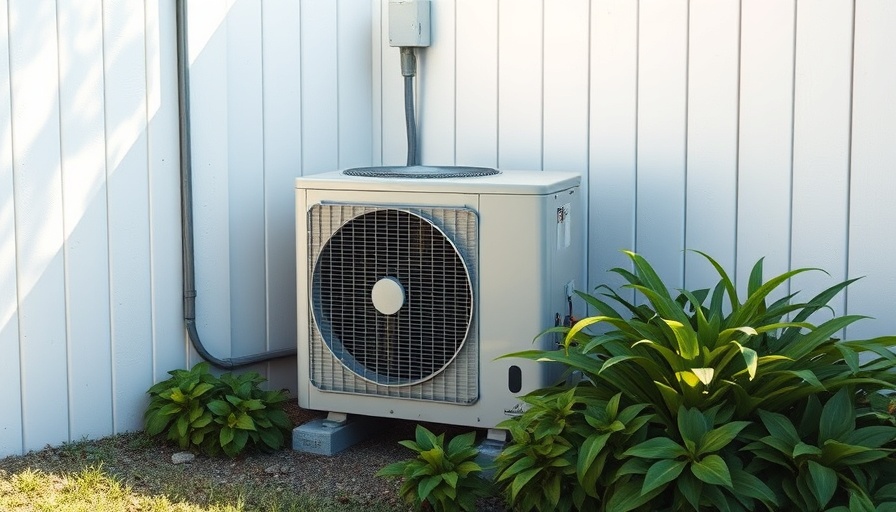
Beat the Heat: Effective Energy Solutions for Summer
As summer envelops Metro Vancouver, electricity bills may make homeowners cringe. Fortunately, there are effective strategies to keep your electric usage—and bills—down without sacrificing comfort. From energy-efficient appliances to simple lifestyle adjustments, residents can proactively manage their energy consumption. In this article, we delve into practical strategies for lowering your electric bill and transforming your home into an energy-efficient paradise.
1. Embrace Energy Efficiency
Investing in energy-efficient appliances can drastically lower monthly electric bills. Look for the ENERGY STAR label when purchasing new devices, as these products consume significantly less energy than their traditional counterparts. For instance, ENERGY STAR refrigerators and washing machines use about 10-50% less energy, resulting in substantial savings over time. Even small upgrades to LED lighting can contribute to lower bills, as LED bulbs use up to 75% less energy than incandescent bulbs.
2. Optimize Your Space with Smart Technology
Smart technology, including programmable thermostats and smart plugs, allows homeowners to regulate electricity use intelligently. For example, programmable thermostats efficiently manage heating and cooling schedules, adapting indoor temperatures based on daily routines. As a result, you can enjoy a comfortable environment without paying unnecessarily high bills. Smart plugs also enable you to control devices remotely, ensuring that energy-intensive equipment is powered off when not in use.
3. Use Natural Cooling Techniques
This summer, take advantage of natural cooling methods to minimize reliance on air conditioning. Strategically opening windows in the early morning and late evening can facilitate cross-ventilation, keeping the home cooler during the hottest parts of the day. Additionally, consider shading windows with curtains or shades to block direct sunlight. To further enhance this effect, incorporate outdoor greenery to provide shade and reduce the need for air conditioning.
4. Utilize Solar Energy for Outdoor Spaces
Residents with access to outdoor space can harness solar energy using solar panels or solar garden lights. Not only do these solutions reduce dependency on the grid, but they also provide an eco-friendly method to enhance outdoor spaces. Metro Vancouver residents are encouraged to consider vertical gardens and rooftop spaces for solar panel installations, creating functional areas that resonate with sustainable living trends.
5. Explore Group Discounts and Community Programs
Several community initiatives and energy-saving programs exist specifically for residents of Metro Vancouver. Look into local co-operatives that may offer group discounts on energy-efficient upgrades. Participating in neighborhood initiatives to improve energy conservation can lead to lower bills as well as foster a sense of community and shared responsibility for sustainability.
6. Encourage Sustainable Practices in Your Community
Engaging your neighbors in sustainability practices can drive collective benefits. This summer, consider organizing a summer workshop or community event focused on eco-friendly initiatives, from gardening to energy conservation. Share tips, experiences, and even equipment that promotes energy efficiency—helping everyone mitigate costs while beautifying the neighborhood.
By adopting these strategies, you can not only gain control over your electric bill but also contribute positively to the environment. Embrace green living methods and watch your savings grow while enjoying a vibrant, eco-friendly lifestyle in Metro Vancouver!
 Add Row
Add Row  Add
Add 




Write A Comment